1. The future…and learning
Building Learning Power—BLP for short—is an attempt to focus schools on preparing young people better for an uncertain future. Schools today need to be educating not just for exam results but for lifelong learning. To thrive in the twenty-first century, it is not enough to leave school with a clutch of examination certificates. Students need to have learnt how to be tenacious and resourceful, imaginative and logical, self-disciplined and self-aware, collaborative and inquisitive.
‘Students throughout the world need now to reach higher levels of achievement, not only to find fulfilling work but also to empower themselves to thrive in an increasingly complex world’
– Dylan Wiliam
- Employment requires being able to enhance and transfer knowledge and to operate collaboratively
- The capacity to learn and adapt needs to be lifelong because change is a permanent state, and the pace of change is moving more rapidly.
Tests of life
The tests of life
The core purpose of education is to prepare young people for life after school; to get them ready, as Art Costa, an American educator with similar views, says, ‘not just for a life of tests, but for the tests of life’. This means helping them build up the mental, emotional, and social resources to enjoy challenge and cope well with uncertainty and complexity. If you strip away political dogma, the evidence is overwhelming that this aim is not currently being achieved for very many students. Of course, this has to be done in a way that also develops literacy and numeracy, and gets young people the best test results possible. That is the challenge that BLP schools and teachers are willing to take up.
2. Schools…and learning
The job of schools is to prepare all youngsters for their future lives. However, there’s a disconnect between education systems and the increasingly complex needs of the 21st Century. Students need the exam results AND a set of generic skills and attitudes to deal with complexity; learning dispositions such as curiosity, inquisitiveness, experimentation, reflectiveness and sociability.
Both And
A spirit of resourcefulness and resilience
Learning how to be a lifelong learner is a goal that is valuable for all young people. Not all youngsters are going to do well in exams; that is a statistical certainty. So there has to be another outcome that is useful and relevant to those who are going to become the key, but unsung, workers in society, as well as those who are going to design or prescribe medications or plead cases in court . This involves helping young people discover the things that they’d really love to be great at, and to strengthen the will and the skill to pursue them. BLP schools aim to build that spirit of resilience and resourcefulness in all their students.
3. Learning to learn…better
Research in the learning sciences shows that learning is itself a learnable craft; that we can all get better at learning. This means that schools, teachers and parents can enable young people to help themselves to develop as better, more effective learners.
- Vast amounts of information is available and learners, young and old, need to know how to find and select relevant information, to process it, connect it, to understand it and use it.
- Learning is increasingly taking place in different settings and with different relationships.
- Learning is a way of life.
Intelligence is learnable
Intelligence is learnable
We believe that 99% of all young people are capable of developing this confidence, capability, and passion. We think that our society’s notion of ‘ability’ has been too closely tied to academic achievement, and to the assumption that some youngsters have got a lot of that sort of ability, and some not very much. We think that real-world intelligence is broader than that, and that it is not fixed at birth, but something that people can be helped to build up. The aim of BLP is to generate and broadcast practical ideas about how to expand real-world intelligence more and more effectively.
4. Schools’ approaches…to improving learning
Schools approach getting Good Results in one of two ways:
The traditional, transmission model
Good Results PLUS learners who are passive, dependent and anxious about failure.
Or . . .
The learning-centred model
Good Results PLUS learners who are inquisitive, imaginative, and independent and have other such characteristics that will stand them in good stead for a complex world.
About the plus
Building Better Learners is about the PLUS of the learning-centred model; how to deliver it, build it, sustain it and track it such that students are prepared as lifelong learners: able to deal with the new and complex with confident uncertainty.
Doing this involves teachers getting more precise and forensic about learning behaviours and attitudes, and shifting school cultures to becoming more learning friendly.
Given that we know how, why would we not?
5. Changes in learners
In learning-friendly cultures students gradually grow their learning attitudes and behaviour.
Perseverance, self-control, attentiveness, resilience to adversity, openness to experience, empathy, tolerance to diverse options. A wealth of high-value learning habits.
Where would you like your learners to be on these trajectories – towards the left, or the right? Where are they now?
And in case you are wondering why such habits matter, recent research has shown:
- Achievement tests predict only a small fraction of the variance in later life success
- Achievement tests don’t adequately capture such qualities
- Learning habits have strong effects on educational attainment but have additional effects on important life outcomes beyond their effects on schooling
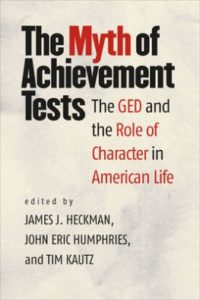

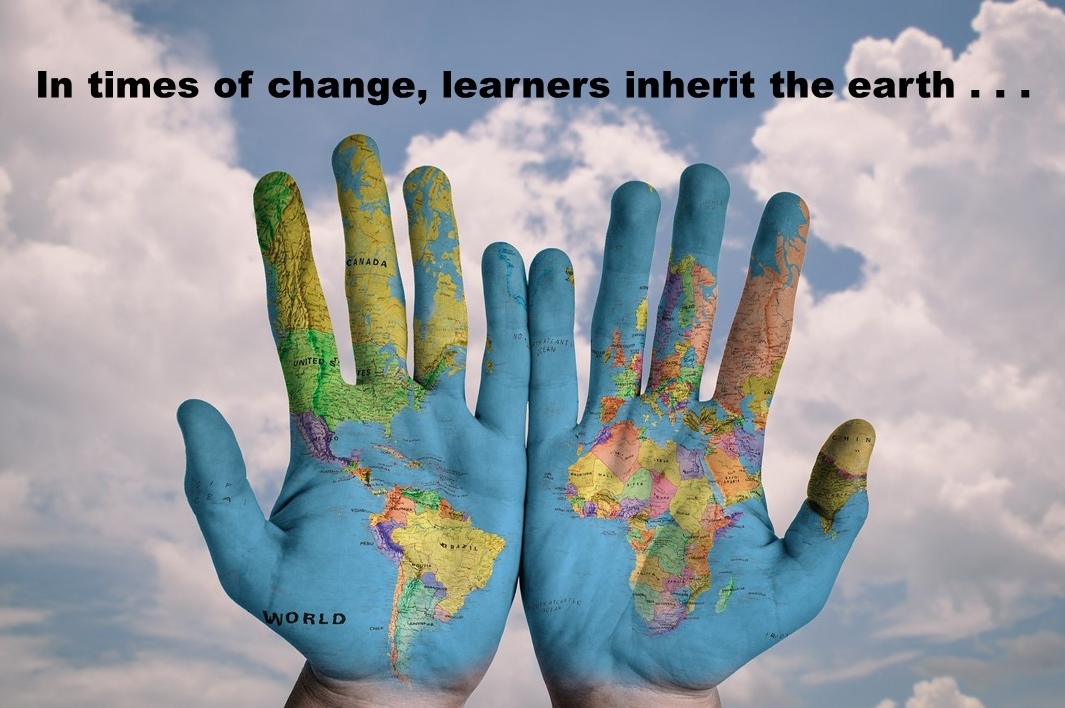
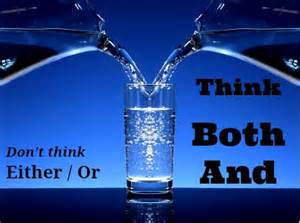
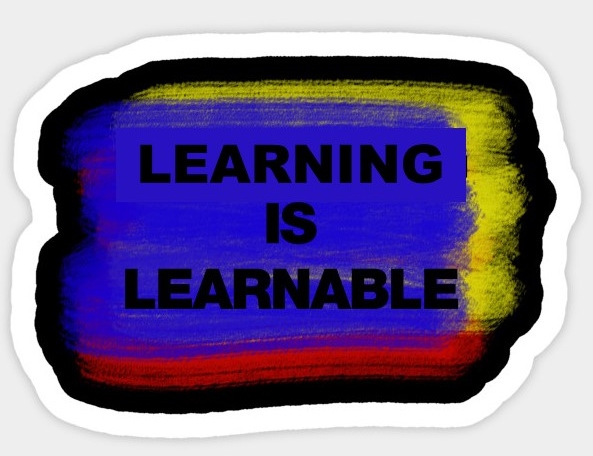
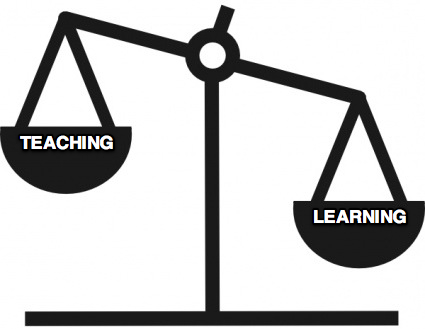
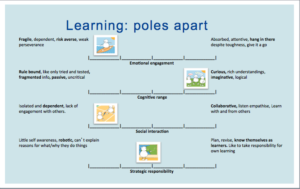

Comments are closed.